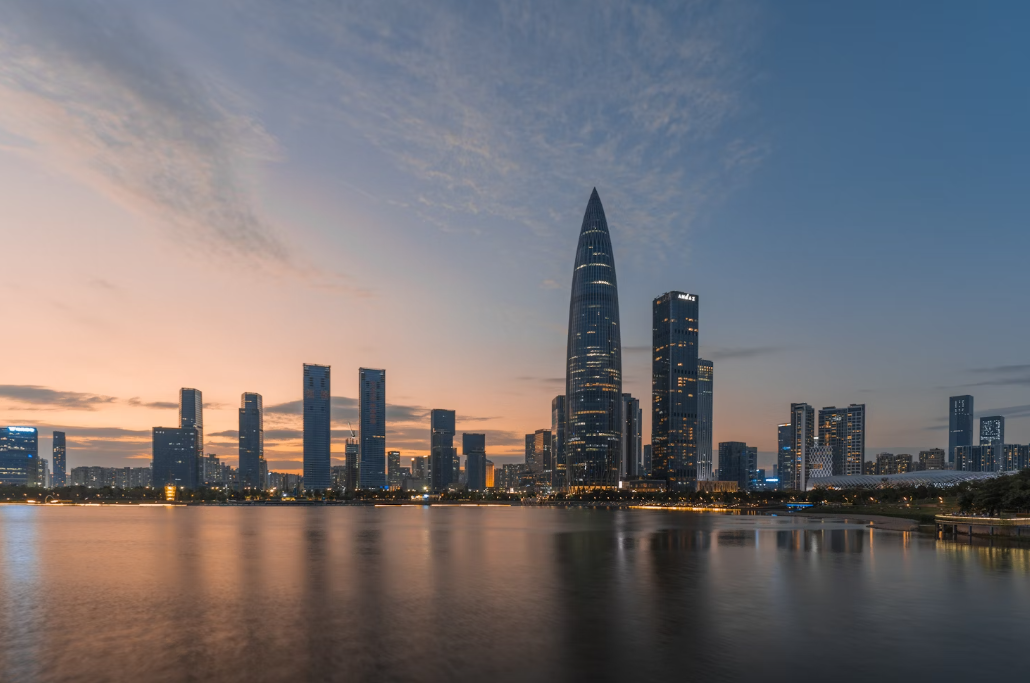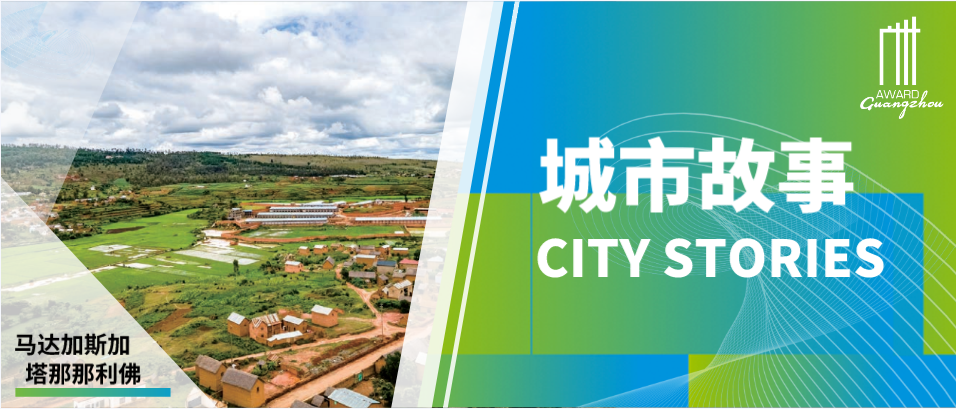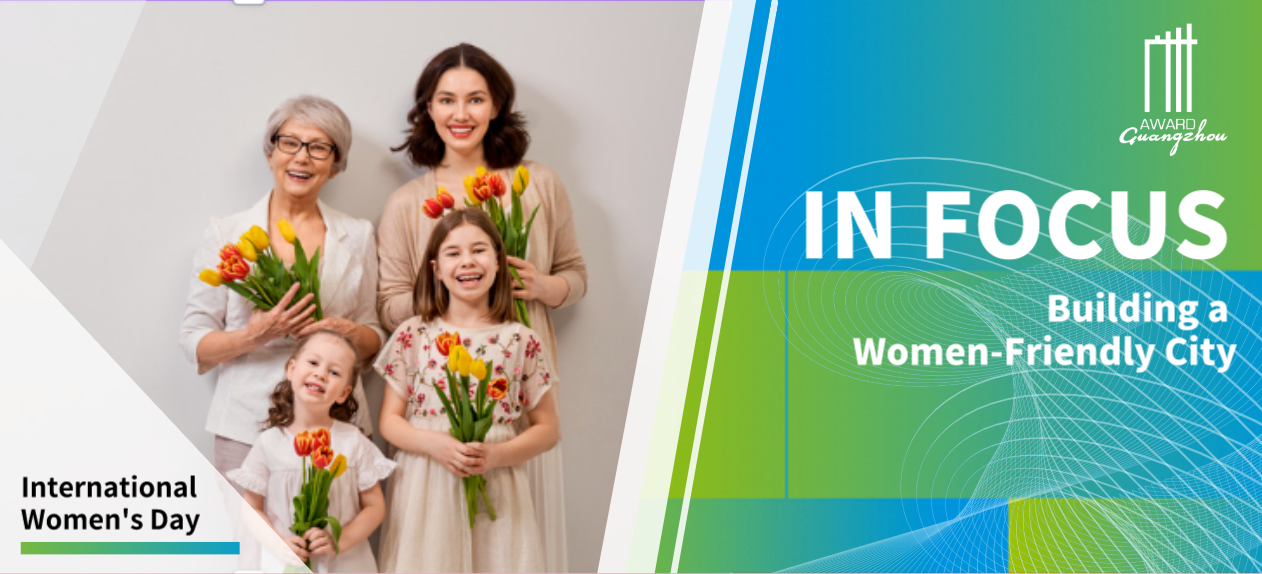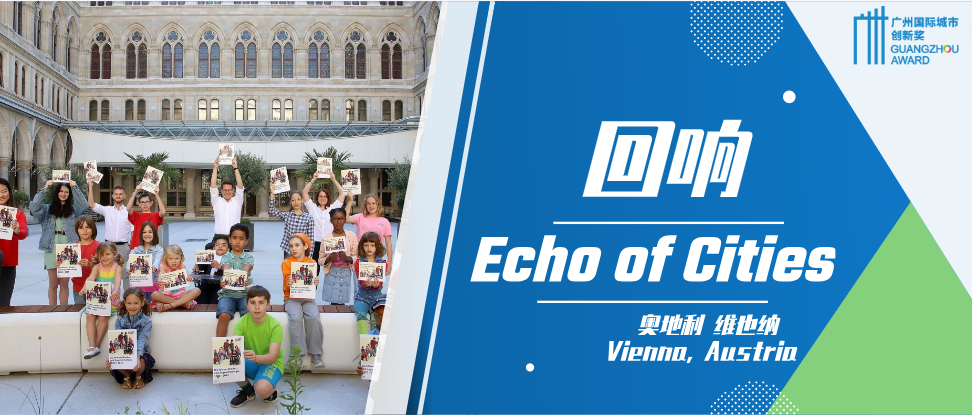Dangbo, Benin
Valorization Of Water Hyacinth In Compost

BASIC CITY DATA
Population size: 66,055
Population growth rate (%): 1.45
Surface area (sq.km): 149.00
Population density (people/sq.km): 443.00
GDP per capita (USD): 574.00
GINI index: 0.8
Main source of prosperity: Agriculture
ABSTRACT
In Benin, in the valley base of Ouémé, the second richest after the Nile, but unfortunately not valued so far, the presence of hyacinth on the surface of a large part of the rivers and lakes causes a very strong seasonal eutrophication of the river and a fatal anoxia to the fishery resources on which depend more than a hundred species and a large part of the economy of the region.
Collection of water hyacinth by local residents is promoted by setting up an economic sector of sustainable development of hyacinths through aerobically composting. Local farming communities are very interested; they turn a problem into an opportunity. The activity of transforming water hyacinth into green compost is a dual purpose innovation: it contributes to the preservation of the environment while reducing the effect of ozone depletion caused by agricultural chemical inputs and improves the productivity of agricultural land used for market gardening.
This project is inspired by ancestral farming techniques now abandoned in favor of chemical fertilizers and pesticides.
Main results obtained:
3,550 farmers from villages in the lower Bonou valley, Dangbo, Adjohoun and surrounding communes (including 2,050 market gardeners) use compost instead of chemical inputs;
reduction of greenhouse gas emissions due to the use of chemical fertilizers and pesticides;
reconstitution of plant cover and aquatic fauna through reforestation
BACKGROUND INFORMATION
Our project aligns with the priorities of the Strategic Plan for Agricultural Sector Recovery (PSRSA), (i) - Strategic Development Guidelines (OSD), (ii) the Millennium Development Goals (MDGs), (iii) the Growth Strategy for Poverty Reduction (SCRP), (iv- United Nations Framework Convention on Climate Change, (vi) - Desertification (vii) and the Sustainable Management of the First Productive Factor of Rural People that Soils are based on the plan (Benin 2025-Alafia), which establishes the long-term vision and provides clear guidelines for agricultural promotion
ORIGINS
In Benin, in the valley base of Ouémé, the second richest after the Nile, but unfortunately not valued to this day. The presence of hyacinth on the surface of a large part of the rivers and lakes causes a very strong seasonal eutrophication of the river and a fatal anoxia to the fishery resources on which depend more than a hundred species and a large part of the economy of the region. Farmers in the lower Ouémé valley are, for the most part, illiterate, especially those in the lower valley of the Ouémé and therefore unable to decipher the instructions for use. This would lead to food poisoning due to overdose or confusion between chemicals. In Benin, the agricultural sector contributes 33% of Gross Domestic Product (GDP) and employs around 70% of the mainly rural labor force (INSAE, 2015). To this end, various programs and projects have been initiated for the benefit of the agricultural sector in our country in order to ensure food security, make this sector more efficient and, by extension, boost the local economies in our rural communes as well as the national economy by boosting the value chains of different agricultural sectors. However, rural populations, despite government efforts to benefit the agricultural and rural world, face the challenges of declining agricultural yields and food insecurity. The main cause of this situation is the decline in soil fertility and soil degradation. The total number of households affected by these problems of water hyacinth, diseases caused by chemicals and problems of declining soil fertility are 14989 in the commune of Dangbo, 19785 in the communes of Adjohoun and 22456 in the communes of Bonou. The project is part of this logic and aims to promote sustainable agriculture in the areas of intervention with regard to the drastic destruction of arable land, the decline in soil fertility and the constraints related to the adverse effects of climate change.
The project aims to provide producers in the lower Ouémé valley with compost that has both a biofertilizing effect and a bio-pesticide effect based on water hyacinth, and to create a new regenerative sustainable economic sector and income for residents All the actions that will be carried out are part of a logic of valorization of available resources, eradication of chemicals, creation of income generating activity, economic development of the municipality, increase of producers' incomes and soil protection and rehabilitation of degraded lands. Specifically, it will be to
Disseminate composting technology based on water hyacinth
Organize with the community the sales strategies of this compost
Improve river navigation
Develop a new economic sector
Train producers in the manufacture of this technology
Evaluate the impact of these soil fertility management technologies on the productivity and income of farms at the end of the project
Danbo City Council provided technical equipment, financed the competition Dare to Innovate through the purchase of a tricycle motorcycle for gathering hyacinths to the composting site. The project also received support from an owner of a private farm that helped to mobilize producers to train them. The project also solicited funds from the Belgian NGO Anama.
The implementation of this project required the mobilization of a young dynamic team of young volunteers who believed in our project. Aside from governemnt funding, the project also received funding and donations from the public.
INNOVATIVE ASPECTS
This initiative is revolutionary and has never been developed anywhere in the world. It is the result of indogenous practices abandoned at the expense of chemical fertilizers. Indeed, the proposed innovation includes two specialties that are the magic compost has within it a bio-fertilizing power and a bio-pesticides power. It allows farmers to save money and have two effects in one product. It allows biological products, protect the soil, participate in the reduction of groundwater pollution, solve the problems of anorexia, greenhouse gas emissions, caused by hyacinths contribute generally to developmentthe municipality and participate in sustainable land management and adaptation to climate change
This innovation is in line with several national and international policies, particularly on the priorities of the agricultural and global development strategy of Benin's governments, namely improving productivity and strengthening agricultural diversification. the Strategic Plan for the Revival of the Agricultural Sector (PSRSA), which constitutes, for this purpose, a framework for the operationalization of reference documents at the national and international level that are
Strategic Orientations for Development (OSD),
Millennium Development Goals (MDGs),
Growth Strategy for Poverty Reduction (SCRP),
United Nations Framework Convention on Climate Change,
Biodiversity Preservation,
Desertification, and
Sustainable management of the first factorof production of the rural populations that the soils constitute.
It should also be noted that all these documents for the protection of soil and environmental resources in our country draw their orientation of the country's long-term development strategy (Benin 2025-Alafia), which establishes the long-term vision and gives clear guidance with regard to the promotion of The vision is for the country to move towards greater diversification of agricultural production with a focus on soil protection and rehabilitation, since the weakest link in this policy is a sustainable agriculture with special attention to the maintenance of natural resources and the environment. Thus, one of the major constraints to the development of crop production identified in the PSDSA is the degradation of soil fertility in almost all the agro-ecological zones of Benin. However, because of its geographical position, the country has real assets that can contribute to better returns. For this reason, PSDSA has included in its component 3.2 sustainable land management (SLM) and aquatic ecosystems as one of the options for improvement. For this reason PSDSA has included in its component 3.2 sustainable land management (SLM) and aquatic ecosystems as one of the options for improvement.
This innovation was not resisted by the community as they themselves were confronted with the problem caused by water hyacinths and were looking for ways to combat them. Also the poisoning diseases and the death caused by the use of chemical pesticides within the population already created controversy and the residents took to heart this new innovation which facilitated their life and contributed to the development of a new economic sector and job creation. Local farming communities are very interested; they turn a problem into an opportunity.
DESIRED CHANGE OR OUTCOME
Some main results have been obtained:
Use of compost instead of chemical inputs by 3,550 farmers from villages in the lower Bonou valley, Dangbo, Adjohoun and surrounding communes (including 2050 market gardeners)
Increase to 90% of seed germination rate in the region of Ouémé, land known for its market gardeners
Training of 1,056 producers in the production of compost. We plan to reach 15500 producers by 2019
12% increase in revenues and improved land quality (producer testimony and field data)
Direct creation 247 jobs around the value chain and indirect creation of newarly 400 jobs
Ease of river traffic, fishing activities
Reduction of greenhouse gas emissions due to the use of chemical fertilizers and pesticides
Reconstitution of plant cover and aquatic fauna through reforestation
Development of a new sector by water hyacinth in progress (transformation of water hyacinth into basketry such as bags, packaging, basket, furniture)
The evaluation tools used are management focused on development results and management focused on development objectives. SWOT analysis is used to evaluate these changes. Monitoring, evaluation and financial reports have been put in place to report on project progress. A monitoring and evaluation sheet is available to the mayor and district chiefs to measure the impact of the project. Presidents (es) of grouping and cooperative are put to contribution.
For the improvement of the project, partnership agreements are signed with the departmental direction of the agriculture of the livestock and fishing Ouémé in order to introduce into the harmonized development plan the insertion of the valorization of this economically profitable sector. New communication strategies such as public availability of document supports and compost production data sheet are developed. The partnerships with various youth organizations including the young international chamber are established. Gender involvement and technology transfer in our extension policy aer both achieved. We presented our project at COP 23. Information campaigns are carried out through the radio and television channels as well as the Web.
The initiative helps make the commune of Dangbo a common supplier of organic products. This initiative contributes to the creation of Black Gold and job creation. It participates in the improvement of the economic activities and contributes to the social satisfaction, economic of the households. It allows the population to increase their income and to contribute to the development of households. It also contributes to the mitigation and adaptation to climate change. It advoctes responsible production, consumption and the protection of the terrestrial and aquatic. It promotes the mainstreaming of gender.
LEARNING ASPECTS
This innovation is replicable everywhere. Cities can learn from it and solve the problem that invasive plants cause water. Our city is ready to make technology transfers. To encourage exchanges of groups of young people to learn from each other to foster a synergy of actions. Our city is ready to form other cities to promote the popularization of this technology and to improve it if necessary. Our city remains open to all exchanges, all opportunities to work.
RELEVANCE TO SUSTAINABLE DEVELOPMENT GOAL
Goal 1: End poverty in all of its forms
Goal 2: End hunger, achieve food security and improved nutrition and promote sustainable agriculture
Goal 8: Promote sustained, inclusive and sustainable economic growth, full and productive employment and decent work for all
Goal 11: Make cities and human settlements inclusive, safe, resilient and sustainable
Target 5: Reduce deaths and number of people affected by disasters with particular focus on the poor and people in vulnerable situations
Target 6: Improve air quality and manage municipal and other wastes
Target 7: Universal access to safe, inclusive and accessible green and public spaces, in particular of women, children older persons and persons with disabilities
Target 8: Support positive economic, social and environmental links between urban, peri-urban and rural areas
Target 9: Improving resource efficiency, mitigation and adaptation to climate change, resilience to disasters and implement holistic disaster risk management
Goal 12: Ensure sustainable consumption and production patterns
Goal 13: Take urgent action to combat climate change and its impacts
Goal 15: Protect, restore and promote sustainable use of terrestrial ecosystems, sustainably manage forests, combat desertification, and halt and reverse land degradation and halt biodiversity loss
-
 Urban Innovation in China | Shenzhen: How to Maintain Momentum to Achieve Carbon Peak by 2030 While Leading Green and Low-Carbon Development?
Urban Innovation in China | Shenzhen: How to Maintain Momentum to Achieve Carbon Peak by 2030 While Leading Green and Low-Carbon Development? -
 City Stories | Antananarivo, Madagascar: Building Resilience in the City Food System
City Stories | Antananarivo, Madagascar: Building Resilience in the City Food System -
 In Focus | International Women’s Day: Building a Women-Friendly City
In Focus | International Women’s Day: Building a Women-Friendly City -
 Echo of Cities | Vienna, Austria: The Youth Melody of an Ancient City
Echo of Cities | Vienna, Austria: The Youth Melody of an Ancient City























 Tel: +86 20 3780 4434
Tel: +86 20 3780 4434 Email: info@guangzhouaward.org
Email: info@guangzhouaward.org Address: Rm 1609, FuLiXinTianDi, No.307 Guangzhou Dadao Zhong, Yuexiu District, Guangzhou, Guangdong, 501600, PRC
Address: Rm 1609, FuLiXinTianDi, No.307 Guangzhou Dadao Zhong, Yuexiu District, Guangzhou, Guangdong, 501600, PRC




